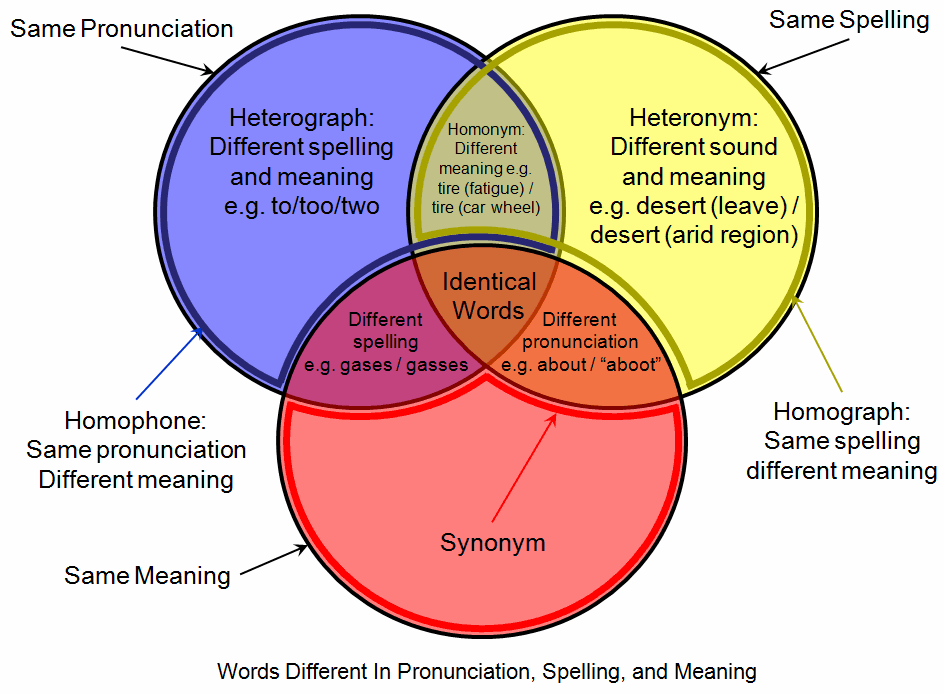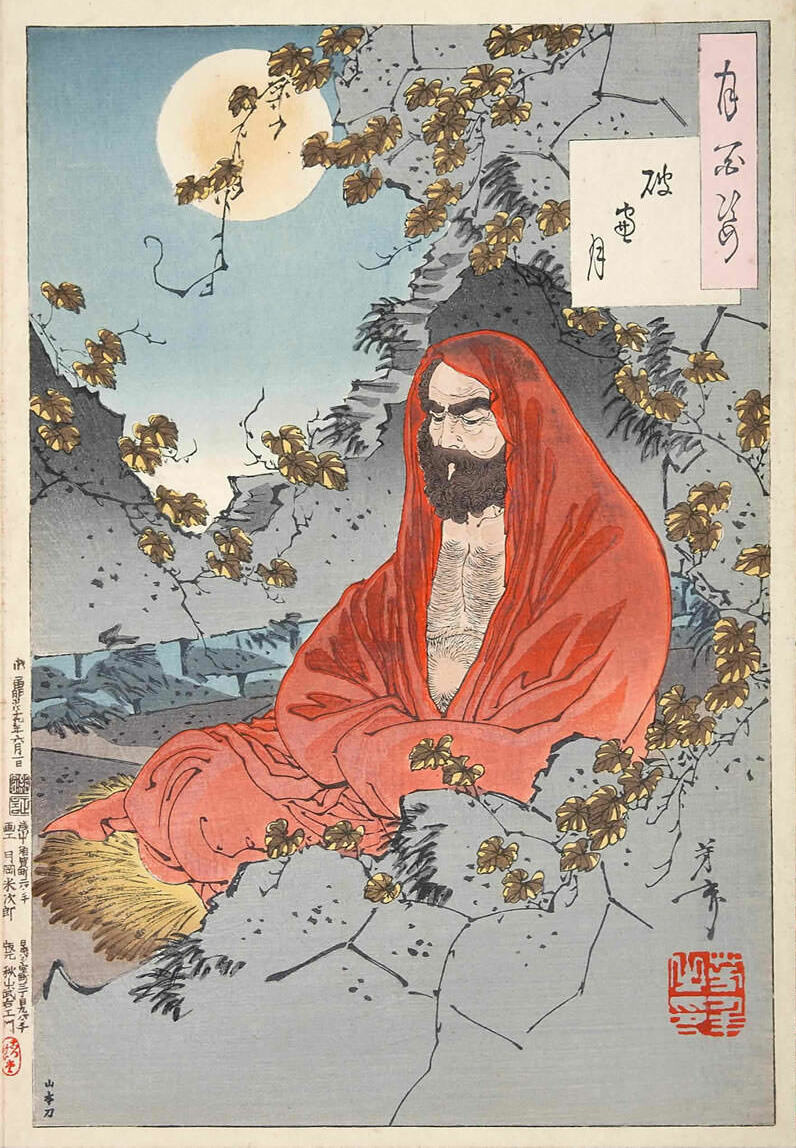|
Saihō-ji (Kyoto)
is a Rinzai Zen Buddhist temple in Matsuo, Nishikyō Ward, Kyoto, Japan. The temple, which is famed for its moss garden, is commonly referred to as , meaning "moss temple", while the formal name is . The temple, primarily constructed to honor Amitābha, was founded by Gyōki and later restored by Musō Soseki. In 1994, Saihō-ji was registered as a UNESCO World Heritage Site, as part of the "Historic Monuments of Ancient Kyoto".. Over 120 types of moss are present in the two-tiered garden, resembling a beautiful green carpet with many subtle shades. History According to temple legend, Saihō-ji was constructed during the Nara period by Gyōki, on the location of one of Prince Shōtoku's former retreats. The temple first operated as a Hossō temple dedicated to Amitabha, and was known as , a homophone of the current name. The name was selected because Amitabha is the primary buddha of Western Paradise, known in Japanese as . Legend states that such famous Japanese monks as ... [...More Info...] [...Related Items...] OR: [Wikipedia] [Google] [Baidu] |
Ukyō-ku, Kyoto
is one of the eleven wards in the city of Kyoto, in Kyoto Prefecture, Japan. History The meaning of ''ukyō'' (右京) is "on the Emperor's right." When residing in the Kyoto Imperial Palace the emperor would sit facing south, thus the western direction would be to his right. Similarly, there is a ward to the east called Sakyō-ku (左京区), meaning "the ward on the Emperor's left." In old times, ''ukyō'' was referring to the western part of the capital. The area of ancient Ukyō slightly overlaps the area of present Ukyō-ku. The ward was established in 1931 when nine villages merged to form it. On April 1, 2005, the ward expanded its territory to the area of former town of Keihoku when the town merged into the city of Kyoto. This increased the ward's territory from to , and made it the largest ward in the city by area. As of October 1, 2020, the ward has an estimated population of 202,047, with 97,849 households and a density of . Geography Mountains * Iwata ... [...More Info...] [...Related Items...] OR: [Wikipedia] [Google] [Baidu] |
Homophone
A homophone () is a word that is pronounced the same as another word but differs in meaning or in spelling. The two words may be spelled the same, for example ''rose'' (flower) and ''rose'' (past tense of "rise"), or spelled differently, as in ''rain'', ''reign'', and ''rein''. The term ''homophone'' sometimes applies to units longer or shorter than words, for example a phrase, letter, or groups of letters which are pronounced the same as a counterpart. Any unit with this property is said to be ''homophonous'' (). Homophones that are spelled the same are both homographs and homonyms. For example, the word ''read'', in "He is well ''read''" and in "Yesterday, I ''read'' that book". Homophones that are spelled differently are also called heterographs, e.g. ''to'', ''too'', and ''two''. Wordplay and games Homophones are often used to create puns and to deceive the reader (as in crossword puzzles) or to suggest multiple meanings. The last usage is common in poetry and creat ... [...More Info...] [...Related Items...] OR: [Wikipedia] [Google] [Baidu] |
Blue Cliff Record
The ''Blue Cliff Record'' () is a collection of Chan Buddhist kōans originally compiled in Song China in 1125, during the reign of Emperor Huizong, and then expanded into its present form by Chan master Yuanwu Keqin (1063–1135; ).K. Sekida, ''Two Zen Classics'' (1977) p. 18-20 The book includes Yuanwu's annotations and commentary on ''100 Verses on Old Cases'' (), a compilation of 100 kōans collected by Xuedou Chongxian (980–1052; , '). Xuedou selected 82 of these from the Song period work '' The Jingde Record of the Transmission of the Lamp'', with the remainder selected from the ''Yunmen Guanglu'' (, ''Extensive Record of Yunmen Wenyan'', 864–949). History Name and origin The ''Blue Cliff Record'' derives its name from the temple where Yuanwu Keqin wrote most of his commentaries, the Blue Cliff Cloister (碧巖院, ''Bìyán Yuàn'') in Hunan. The work was originally called Xuedou's ''Juko'' (''ju'', verse; ''ko'', old koans) before its ''Blue Cliff Record'' tit ... [...More Info...] [...Related Items...] OR: [Wikipedia] [Google] [Baidu] |
Chinese Character
Chinese characters are logographs used to write the Chinese languages and others from regions historically influenced by Chinese culture. Of the four independently invented writing systems accepted by scholars, they represent the only one that has remained in continuous use. Over a documented history spanning more than three millennia, the function, style, and means of writing characters have changed greatly. Unlike letters in alphabets that reflect the sounds of speech, Chinese characters generally represent morphemes, the units of meaning in a language. Writing all of the frequently used vocabulary in a language requires roughly 2000–3000 characters; , nearly have been identified and included in '' The Unicode Standard''. Characters are created according to several principles, where aspects of shape and pronunciation may be used to indicate the character's meaning. The first attested characters are oracle bone inscriptions made during the 13th century BCE in w ... [...More Info...] [...Related Items...] OR: [Wikipedia] [Google] [Baidu] |
Moss Lawn
Moss lawns are lawns composed of moss, which occur naturally, but can also be cultivated like grass lawns. They are a defining element in moss gardens. Moss lawns are drought-tolerant and rarely need misting once established (the average US grass lawn uses a hundred times as much water). They do not require mowing, fertilizing, or other amendments, and grow on almost any substrate (apart from metal), and at any soil pH and light level. They can grow under conifers, swallowing the needles, but fallen broad deciduous leaves will kill them if not removed. They can be walked on but not scuffed. Uses Mosses are squishy and compress without being damaged, but they are easily torn by tension. Moss lawns can therefore stand being walked on, but not being scuffed. They tend to be too moist to sit upon comfortably. Moss lawns can be used as a living mulch; they retain moisture, do not become compacted, and do not require annual replacement. A moss layer can act as a physical barrier t ... [...More Info...] [...Related Items...] OR: [Wikipedia] [Google] [Baidu] |
Edo Period
The , also known as the , is the period between 1600 or 1603 and 1868 in the history of Japan, when the country was under the rule of the Tokugawa shogunate and some 300 regional ''daimyo'', or feudal lords. Emerging from the chaos of the Sengoku period, the Edo period was characterized by prolonged peace and stability, urbanization and economic growth, strict social order, Isolationism, isolationist foreign policies, and popular enjoyment of Japanese art, arts and Culture of Japan, culture. In 1600, Tokugawa Ieyasu prevailed at the Battle of Sekigahara and established hegemony over most of Japan, and in 1603 was given the title ''shogun'' by Emperor Go-Yōzei. Ieyasu resigned two years later in favor of his son Tokugawa Hidetada, Hidetada, but maintained power, and defeated the primary rival to his authority, Toyotomi Hideyori, at the Siege of Osaka in 1615 before his death the next year. Peace generally prevailed from this point on, making samurai largely redundant. Tokugawa sh ... [...More Info...] [...Related Items...] OR: [Wikipedia] [Google] [Baidu] |
Ōnin War
The , also known as the Upheaval of Ōnin and Ōnin-Bunmei war, was a civil war that lasted from 1467 to 1477, during the Muromachi period in Japan. ''Ōnin'' refers to the Japanese era name, Japanese era during which the war started; the war ended during the Bunmei era. A dispute between a high official, Hosokawa Katsumoto, and a regional lord, Yamana Sōzen, escalated into a nationwide civil war involving the Ashikaga shogunate and a number of in many regions of Japan. The war initiated the Sengoku period, "the Warring States period." This period was a long, drawn-out struggle for domination by individual ''daimyō'', resulting in a mass power-struggle between the various houses to dominate the whole of Japan. Origin The ''Ōnin'' conflict began as a controversy over who would succeed ''shōgun'' Ashikaga Yoshimasa. In 1464, Yoshimasa had no heir. He persuaded his younger brother, Ashikaga Yoshimi, to abandon the life of a monk, and named him heir. In 1465, the unanticipated bi ... [...More Info...] [...Related Items...] OR: [Wikipedia] [Google] [Baidu] |
Bodhidharma
Bodhidharma was a semi-legendary Bhikkhu, Buddhist monk who lived during the 5th or 6th century CE. He is traditionally credited as the transmitter of Chan Buddhism to China, and is regarded as its first Chinese Lineage (Buddhism), patriarch. He is also popularly regarded as the founder of Shaolin kung fu, an idea popularized in the 20th century, but based on the 17th century Yijin Jing and the Daoist association of ''daoyin'' gymnastics with Bodhidharma. Little contemporary biographical information on Bodhidharma is extant, and subsequent accounts became layered with legend and unreliable details. According to the principal Chinese sources, Bodhidharma came from the Western Regions, which typically refers to Central Asia but can also include the Indian subcontinent, and is described as either a "Persians, Persian Central Asian" or a "South Indian [...] the third son of a great Indian king." Aside from the Chinese accounts, several popular traditions also exist regarding Bodhi ... [...More Info...] [...Related Items...] OR: [Wikipedia] [Google] [Baidu] |
Matsunoo Shrine
, formerly , is a Shinto shrine located at the far western end of Shijō Street, approximately 1.3 kilometers south of the Arashiyama district of Kyoto. It is home to a spring at the base of the mountain, Arashiyama, that is believed to be blessed. It is said that during the move of the capital from Nara to Kyoto, a noble saw a turtle bathing under the spring's waterfall and created a shrine there. It is one of the oldest shrines in the Kyoto area, its founding extending back to 700 CE. The restorative properties of the spring bring many local sake and miso companies to the shrine for prayers that their product will be blessed. The shrine also serves a ''kinpaku miki'' (gold leaf filled blessed sake) during ''hatsumōde''. History The shrine became the object of Imperial patronage during the early Heian period. In 965, Emperor Murakami ordered that Imperial messengers were sent to report important events to the guardian ''kami'' of Japan. These ''heihaku'' were initially presen ... [...More Info...] [...Related Items...] OR: [Wikipedia] [Google] [Baidu] |




